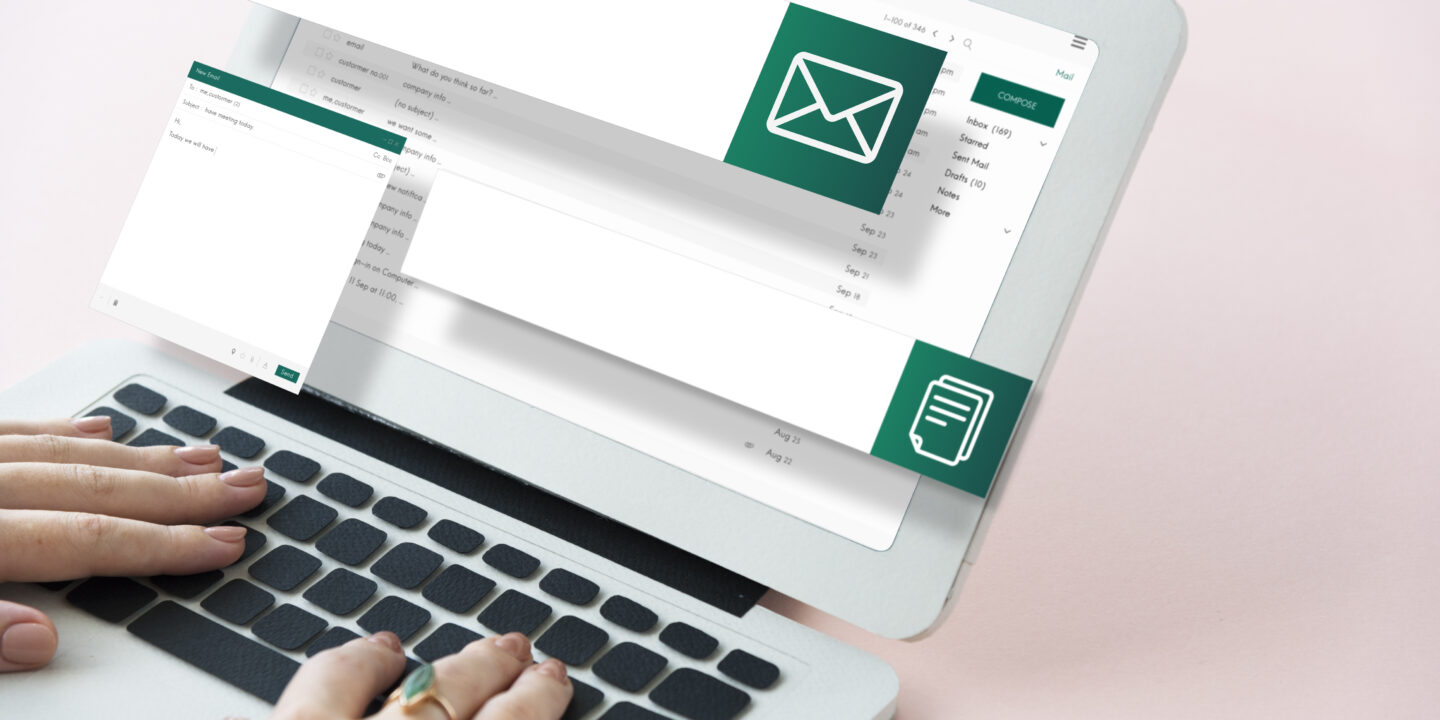
In today’s digital age, email marketing remains a powerful tool for businesses to reach and engage their audience. One of the leading platforms for this is Mailchimp. If you’ve ever wondered, “How do I create an email campaign in Mailchimp?” or sought a step-by-step guide, you’re in the right place. This article will walk you through the process, highlighting the benefits and drawbacks, and wrapping up with some final thoughts.
Email campaigns are a cornerstone of efficient communication in the huge world of digital marketing. The value of engaging audiences directly through their inboxes cannot be emphasised as businesses attempt to develop connections in an increasingly digital world. Enter it, a market-leading platform that has transformed how organizations handle email marketing. “How can I harness the power of Mailchimp to create compelling email campaigns?” or “What steps are essential for success?” are common questions for anyone navigating the digital landscape. This article seeks to demystify the process by providing a detailed guide of it’s features. We explore deeply into the platform’s capabilities, from initial setup to the complexities of design and audience segmentation.
Beyond the technicalities, we’ll look at the inherent benefits of employing such a tool, as well as potential drawbacks. Whether you’re an experienced digital marketer or a beginner eager to learn, this guide promises insights that will help you improve your email marketing efforts. Join us on this adventure as we uncover the secrets of Mailchimp and empower you to design ads that resonate.
How do I create an email campaign in it?
It offers a user-friendly interface that makes creating email campaigns a breeze. Whether you’re a seasoned marketer or a beginner, the platform caters to all.
Step 1
- Sign Up/Log In:
Before you can start, you’ll need a Mailchimp account. If you don’t have one, sign up. If you do, log in.
Step 2
- Dashboard Navigation:
Once logged in, navigate to the ‘Campaigns’ tab on the left sidebar.
Step 3
Create Campaign:
Click on the ‘Create Campaign’ button. Mailchimp will present various campaign options like Email, Ad, Landing Page, etc. Choose ‘Email’.
How do I create an email campaign step by step?
Step 4
- Choose Campaign Type:
Mailchimp offers different types of email campaigns – Regular, Automated, Plain-text, and A/B testing. For beginners, ‘Regular’ is recommended.
Step 5
- Name Your Campaign:
Provide a unique name for your campaign. This is for internal use and won’t be visible to recipients.
Step 6
- Recipients Selection:
Choose a list of recipients. You can segment your audience based on various criteria like location, engagement rate, etc.
Step 7
- Setup Campaign Details:
Fill in the campaign info – Email subject, preview text, from name, and email address.
Step 8
- Design Your Email:
It offers a drag-and-drop email builder. You can choose from predefined templates or create a custom design. Add elements like text, images, buttons, and social media links.
Step 9
- Test and Review:
Always send a test email to yourself first. This allows you to see how the email looks in an inbox and make necessary adjustments.
Step 10
- Send or Schedule:
Once satisfied, you can either send the campaign immediately or schedule it for a later date and time.
Benefits of Using Mailchimp for Email Campaigns
- User-Friendly Interface: It’s drag-and-drop feature makes designing emails simple, even for those without any design experience.
- Segmentation and Targeting: Mailchimp allows you to segment your audience, ensuring the right people get the right message.
- Analytics and Reporting: Post-campaign analytics help you understand your audience’s behavior, allowing for better future campaigns.
- Integration: Mailchimp can be integrated with various other platforms and tools, enhancing its functionality.
Drawbacks of Using Mailchimp
- Cost: While Mailchimp offers a free version, advanced features come at a price. As your list grows, so does the cost.
- Complexity: Some features can be overwhelming for beginners. It has a learning curve.
- Deliverability Issues: Some users have reported deliverability issues, with emails landing in the spam folder.
Final Words
Mailchimp is a robust email marketing tool that, when used effectively, can yield significant results for businesses. While it has its drawbacks, the benefits often outweigh them. The key is to understand the platform, continuously learn, and adapt. With the step-by-step guide provided, you’re well on your way to mastering Mailchimp and creating impactful email campaigns.
Frequently Asked Questions (FAQs) about Mailchimp and Email Campaigns
What is Mailchimp?
Mailchimp is a popular email marketing platform that allows users to create, send, and analyze email campaigns. It offers tools for audience segmentation, campaign design, and performance tracking.
Is Mailchimp free to use?
Yes, Mailchimp offers a free plan with basic features, suitable for small businesses or individuals. However, as your subscriber list grows or if you need advanced features, you might consider their paid plans.
How do I start with it?
To start with Mailchimp, sign up on their website, create a list of subscribers, design your email using their templates (or create a custom design), and send or schedule your campaign.
Can I segment my audience with it?
Absolutely! Mailchimp offers powerful segmentation tools that allow you to send targeted emails based on various criteria like location, engagement, purchase history, and more.
Are my emails guaranteed to land in the recipient’s inbox?
While it ensures high deliverability rates, factors like email content, sender reputation, and recipient’s email settings can influence whether an email lands in the inbox or spam folder.
Can I integrate Mailchimp with other tools?
Yes, it offers integrations with a wide range of tools and platforms, including e-commerce platforms, CRM systems, and more.
What are the drawbacks of using it?
Some users find advanced features a bit complex, and there’s a cost associated with larger subscriber lists and premium features. Additionally, there can be occasional deliverability issues.








